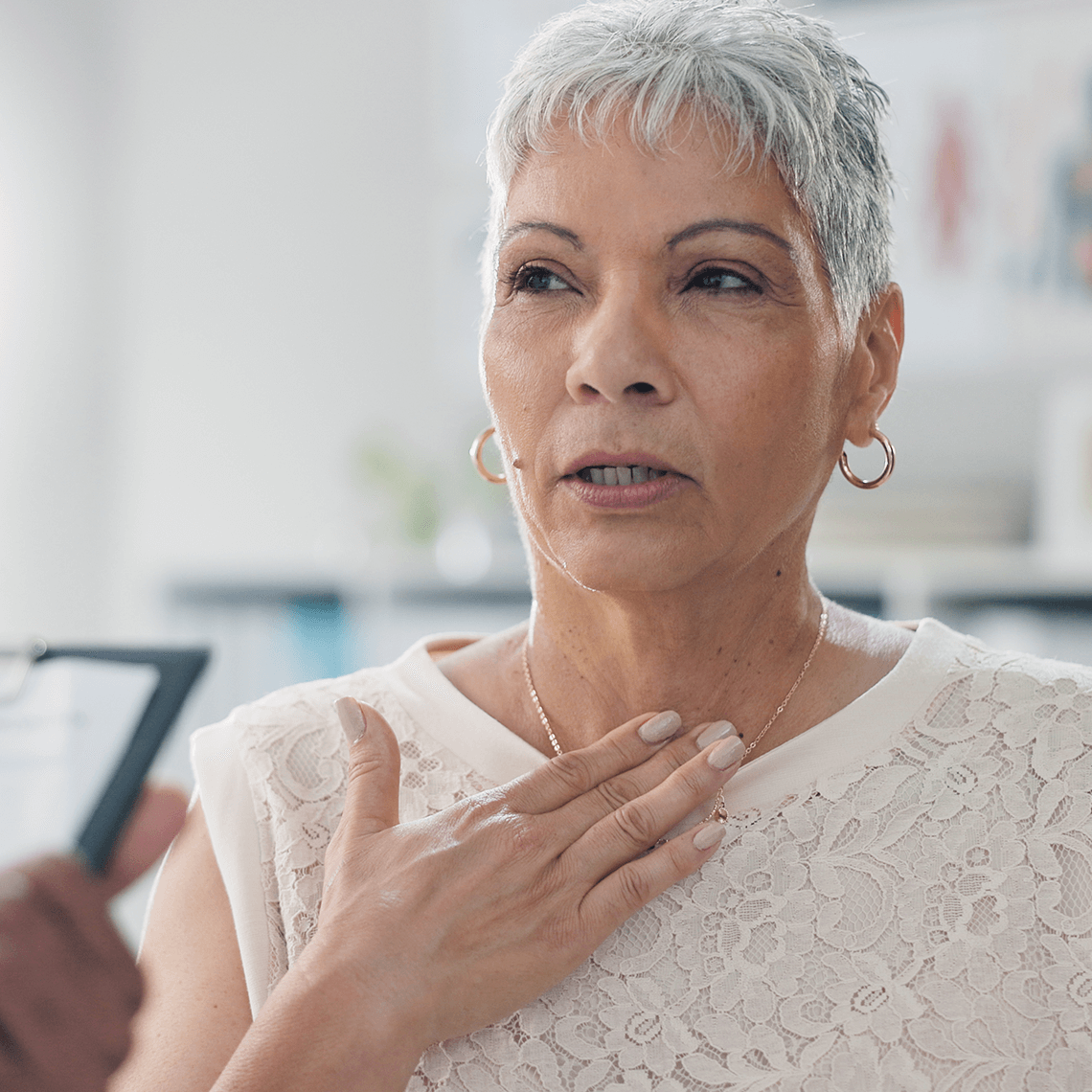Podcast
Bad Finger, Good Documentation
Nov 30, 2024

“If you’ve got a good documentary record, you can refer to that record to refresh your memory, and that is going to help in subsequent legal proceedings.”
Aram Zadow, Esq.
Senior Claim Representative, CRICO
[Patient Dramatization]
I broke my finger in a car door, and I had surgery to get it back to normal. But it’s still not right. I think they should have tried something else instead.
[Narrator]
A 38-year-old patient saw her hand surgeon for a broken finger. They discussed the patient’s alternatives and the risks of surgical intervention before agreeing on an open reduction and internal screw fixation with intraosseous wiring cerclage.
Post-operatively, the patient’s finger fracture healed. But dense scar tissue contributed to a contracture, and they required additional surgeries. Despite aggressive occupational therapy, the patient continued to struggle with using their broken finger.
The patient sued the hand surgeon, claiming the surgical approach increased the chance that their finger wouldn’t fully heal. The defense leaned on the contemporaneous clinical notes and documentation of the consent process. The trial resulted in a verdict in favor of the defendant surgeon.
To discuss the role of documentation in this case, we are joined now by attorney Aram Zadow. Aram is a former Claims Counsel with Lloyds of London, with years of experience at several insurance companies, and is now a Senior Claims Representative for CRICO.
Q.) Thanks for joining us, Aram; you’ve probably seen plenty of malpractice cases that were difficult to defend because of poor documentation. This one seems to have been done right. Can you talk about why the case may have ended up with a defense verdict?
A.) Yeah, Tom, and let me start out by saying thanks so much for having me. There are so many factors in defending a malpractice claim. You’ve got to assess the strengths and the skills of the respected counsel on both sides. You’ve got to look at the composition of a jury and how our defendant doctor presents to and connects with that jury. You’ve got to look at the array of underlying facts and how those facts are supported by the documentary record, and here in this case, we have one of the most valuable weapons, one of the most valuable documents that we can have in our arsenal, a consent form which outlines the potential risks of the procedure. The patient could experience limited mobility in their finger following the surgery. The consent form was signed, meaning that the patient acknowledged the risk, and this consent form is truly invaluable. It demonstrates to a patient that despite the greatest of precautions, you may still experience a negative outcome or, conversely, that the fact that there was a negative outcome does not mean that there was negligence.
So what’s the only thing that can make this form, acknowledged and signed by the patient even stronger or more legally powerful? The fact that the surgeon met with the patient before the surgery and verbally went over the consent form and outlined the risk of potential finger mobility issues. All of the stars were aligned here. All of those factors I just mentioned, plus a signed consent form fortified by a conversation all contributed to a defense verdict.
Q.) And still in the end, the patient felt something wasn’t done right and so they sued anyway and that’s their right. They argued the surgeon probably should have used a different technique or something, but experts at trial said it was within the standard of care. Are there any tips you have for clinicians to sort of go above and beyond during the consent process, sort of improve the patient’s understanding and have an even stronger defense if there is litigation?
A.) Great question. Beyond the consent form, my other recommendation is also to have a good documentary record reflecting all aspects of the patient care. The record is going to be helpful in a subsequent lawsuit as it is going to show, for instance, how frequently nurses rounded on the postop patient, the patient’s vitals at that time, any complaints of pain or postoperative issues, and how medical staff were attentive to all of those concerns. The documentation is going to underscore the attentiveness of the medical staff with regard to a patient and also underscores the quality of care that that patient received, which is going to be well appreciated by a jury.
But also, documentation serves another important purpose. It refreshes a doctor’s memory as to their interaction with the patient and various aspects of the patient’s care. Because as we just said, doctors see countless patients, and it’s unlikely that you’re going to recall the specifics of a given patient interaction if suit is filed several years after that interaction. But if you’ve got a good documentary record, you can refer to that record to refresh your memory, and that is going to help in subsequent legal proceedings.
Q.) You mentioned earlier how intense and fulsome these patient panels have become and the lives of clinicians have become really quite challenging in just providing basic care. We often hear clinicians complain that stopping and doing a lot of documentation is almost impossible the way that they’re told to do it. Does the documentation itself really have to be so vast in order to protect the providers and make the care safer?
A.) You know, it is challenging given workloads to spend more time with each patient, as I stated previously, and it’s more challenging to have a highly detailed medical record. Luckily, we’ve advanced from the era of the handwritten record into the era of the computerized record, and so systems like EPIC have made record keeping somewhat easier with certain click button and drag-down window entries. So, do expect a Dickensian novel for each interaction with the patient? We can’t. But to whatever extent you can, go beyond the click buttons and the drag downs and include pertinent details. It will serve you well in the future.
So in conclusion, you can’t underestimate the value of a consent form acknowledged and signed by a patient. Better still, written medical records stating the consent form was also verbally discussed with the patient is invaluable. So wherever possible, keep a detailed medical record to pertinent aspects of a patient’s presentation, their complaints, your response thereto, or any other relevant discussions because we hope it never comes to it, but in the case of a claim, a good medical record is going to provide tremendous dividends down the line.
Q.) Thank you. Aram Zadow, is an attorney and a Senior Claim Representative for CRICO. I’m Tom Augello for Medmal Insider.
Commentators
- Aram Zadow, Esq.
About the series
Even in the safest healthcare setting, things can go wrong. For almost 50 years, CRICO has analyzed MPL cases from the Harvard medical community. Join our experts as they unpack what occurred and the lessons learned for safer patient care from the causes of these errors.
Episodes
Timing of Conversation Influences Settlement in Age Discrimination Claim
Communication Post-op Blamed in Large Settlement

Battery in Toddler’s Nose Missed at First

A Pending Test at Discharge and a Return with Sepsis


